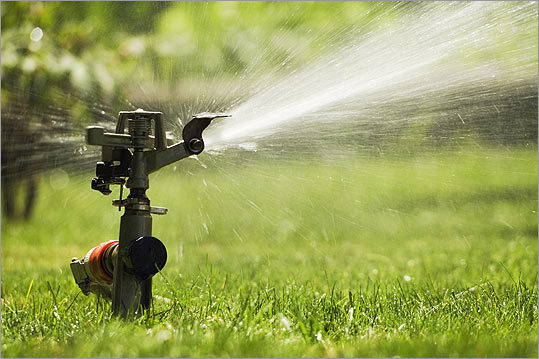(NAPSI)-When some people find something that's as easy on the eye as it's easy on the environment and the wallet, they just walk all over it. And that's a good thing when it's a pavement that's an improvement.
A pavement that meets those requirements is permeable interlocking concrete pavements (PICPs). These look like popular concrete paving stones but have a small space between them. This space is filled with small stones that allow runoff to filter down and into the soil, reducing stormwater runoff and pollution. In snowy weather, they can reduce icy buildup. The melting snow just drains into the spaces between the pavers so it doesn't have a chance to refreeze into ice.
The pavers are available in many shapes, sizes, textures and colors for various uses. A light, reflective color, for instance, can reduce the "heat island" effect created by ordinary asphalt pavements. The paving stones are strong and durable because they're made the same way as concrete paving stones are. This durability means homeowners can enjoy their beauty for a lifetime.
Other easy low-cost and no-cost landscaping tips to protect the environment include:
• Plant trees to act as wind blockers or to shade you from the worst of the sun.
• Plant climbing vines on arbors to help lower cooling costs in the summer.
• Cut down on grass acreage. The less grass you have, the less you have to water.
• Choose native plants that are well adapted to your environment and will require less care.
• Mulch: Mulching saves water and makes it easier to weed.
Homeowners, design professionals and contractors can learn more from the Interlocking Concrete Pavement Institute and find ICPI-certified installers at www.icpi.org or by calling (703) 657-6900.




















